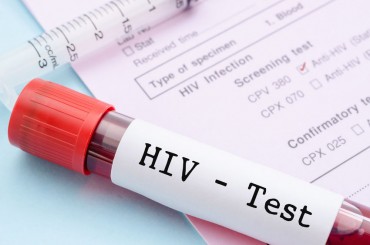
Regarding the team’s work, Professor Oh said, “In the scenario in which the newly developed technology becomes commercialized, chest compression depths can be more accurately maintained, which will enable effective and safe administering of CPR.” (Image: Yonhap)
SEOUL, Sept. 13 (Korea Bizwire) – A coalition of research teams led by professor Oh Je Hyeok of the Emergency Medicine Department at Chung-ang University Hospital and professor Kim Tae Wook of the School of Electrical and Electronic Engineering at Yonsei University announced on September 13 that it had successfully developed new technology that can accurately measure chest compression depth for CPR purposes.
Previous instruments relied on measuring the accelerations of the chest while it was being compressed, and using the converted data to calculate chest compression depth. The South Korean team’s technology instead coopted a IR-UWB sensor (Impulse Radio Ultra Wide Band) and calculated the time between the discharge and arrival of signal emissions to deduct chest compression depth.
The research team had been particularly hopeful that its technology would be of use to victims of cardiac arrest who were lying in bed. Generating an accurate read on chest compression depth when administering CPR to a person on a mattress had been problematic as the compressions of the mattress was inadvertently added to chest compression depth measurements.
The research team conducted an experiment with a mannequin on a mattress using both an IR-WUB sensor equipped instrument and an acceleration-based instrument (accelerometer) and found that the former was a far superior measuring tool.

The research team conducted an experiment with a mannequin on a mattress using both an IR-WUB sensor equipped instrument and an acceleration-based instrument (accelerometer) and found that the former was a far superior measuring tool. (Image: Plos One)
The accelerometer had difficulty blocking out the added compression of the mattress, returning a chest compression depth measurement of 103mm despite an actual depth of 56mm.
As mentioned, the IR-WUB sensor instrument performed better, returning a chest compression depth measurement of 56mm (the actual depth was equally 56mm).
Regarding the team’s work, Professor Oh said, “In the scenario in which the newly developed technology becomes commercialized, chest compression depths can be more accurately maintained, which will enable effective and safe administering of CPR.”
He added that he expected the technology would help boost survival rates for cardiac arrest victims.
The study was published in the latest edition of multidisciplinary open access journal Plos One.
S.B.W. (sbw266@koreabizwire.com)






